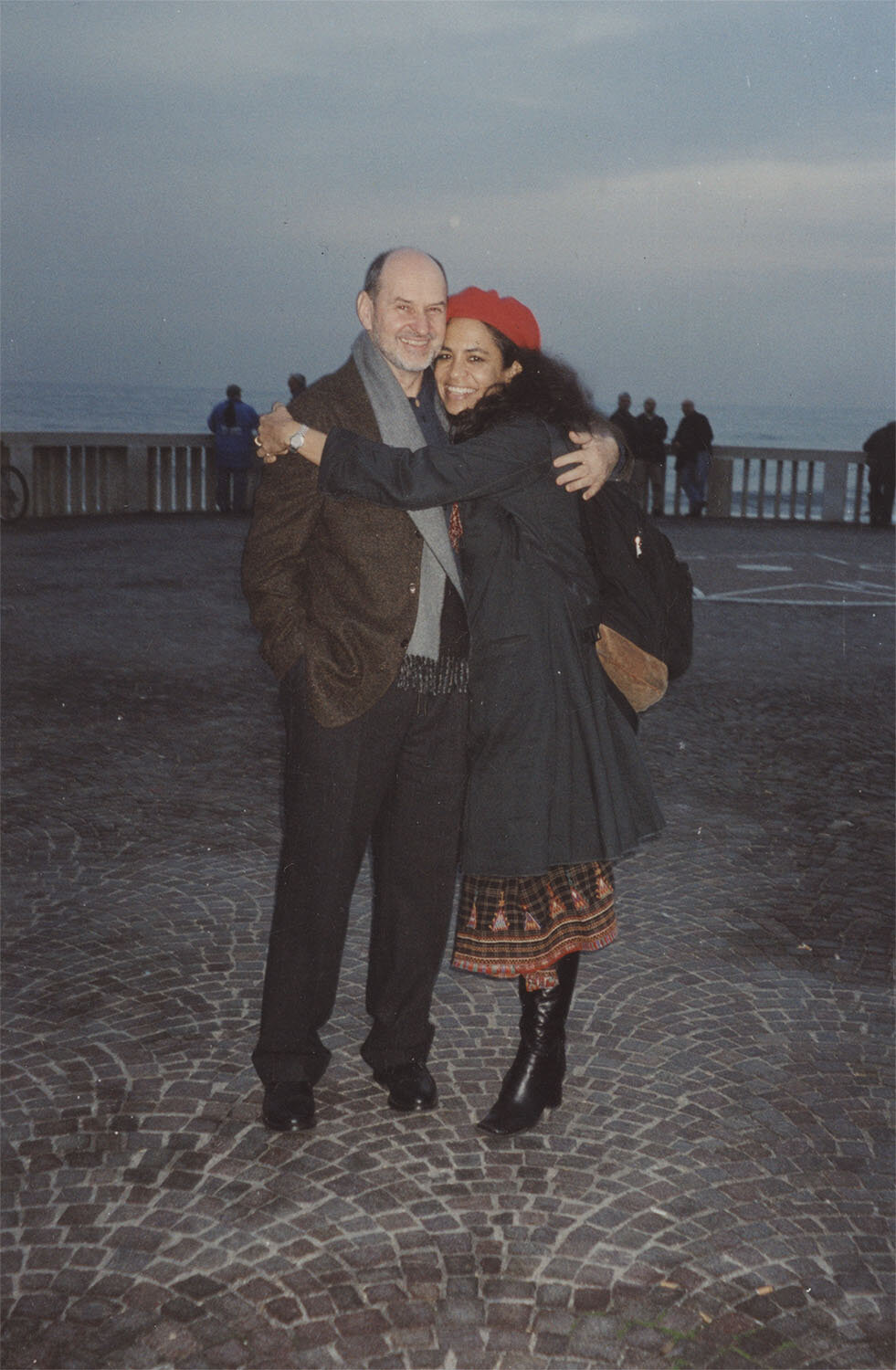
STILL, THE CHILDREN ARE HERE
Still, The Children Are Here is a prizewinning feature documentary set in the remote village of Sadholpara in Northeastern India.
Executive Producer: Roger King
Producer: Mira Nair
Director: Dinaz Stafford
Distributor: First Run Icarus Films, Mirabai Films
The Garo indigenous people, once headhunters, repelled invaders through history, maintaining its own religion rooted in growing rice in skillful, ancient ways. Their hills are beautiful, as are the people, who welcomed the filmmakers into the intimacies of their lives.
In numerous ways outside influences are daily unbalancing the intricate weave of the society: the food crops are failing, Christianity is gaining converts from the tribal religion, commerce is displacing self-sufficiency, and outsiders are drawn to the trees and coal belonging to the community. Some tribal members have taken up arms.
For many of the Garos of Meghalaya in North East India, cultivating rice is a way of life and worship. In the West Garo Hills, villagers still grow a diversity of ancient strains of hill rice in the same manner as humanity first did 6000 years ago. These strains are now highly valued by scientists studying sustainable agriculture and botanical genetics.
Director Dinaz Stafford and Roger King at the Rome premiere of Still, the Children Are Here
Of Tibetan-Burmese origin, the Garos’ homes and just about all of their household goods have their origins in the lush bamboo forests that surround them. Their worries are both basic (having enough food and a roof over their heads) and universal (the women worry about whether their men are faithful and a couple mourns the loss of their child). Theirs is a society based on the natural order of things, but as the world changes around them, they begin to find this is no longer enough.
Shot over the course of an entire growing cycle, from the preparation of the fields to the harvest, Still, the Children Are Here is an elegant meditation on a way of life that to outsiders seems simple and peaceful, but is fraught with the same existential questions that plague us all.
Still, the Children Are Here has been shown at film festivals throughout the world, and had its US theatrical release at Film Forum in New York. The distributor is First Run/Icarus Films.
The film was supported by the UN International Fund for Agricultural Development (IFAD), and especially its Assistant President for Indigenous Peoples, Phrang Roy. Mira Nair (Vanity Fair, Monsoon Wedding, The Namesake, etc.) agreed to produce and to co-direct with her long term collaborator Dinaz Stafford (Kisses on a Train). Dinaz Stafford had the main creative responsibility for the project and lived in the Garo village, which we had come to know on earlier visits to the region. She is mainly responsible for the films engaging intimacy and gorgeous appearance.
Roger King was Originator, Executive Producer and technical advisor for this film. Financing for the film came mainly from the Finnish and Japanese governments.
REVIEWS
“Invaluable and gorgeous.”
“[Lends] an elegant air to a classic documentary subject.”
“A beautiful film.”
“Intimate scenes create a clearer, deeper understanding of the difficulties of tradition and change.”
“Beautfully shot… Remarkably cohesive… Portrays a rich way of life and how it’s now threatened by agricultural development and outside market forces.”
“Highly Recommended! This exceptionally well-produced documentary provides an engrossing portrait of a… culture in transition. Produced in association with the International Fund for Agricultural Development (IFAD), this is a beautifully photographed and edited field study. Excellent!”




